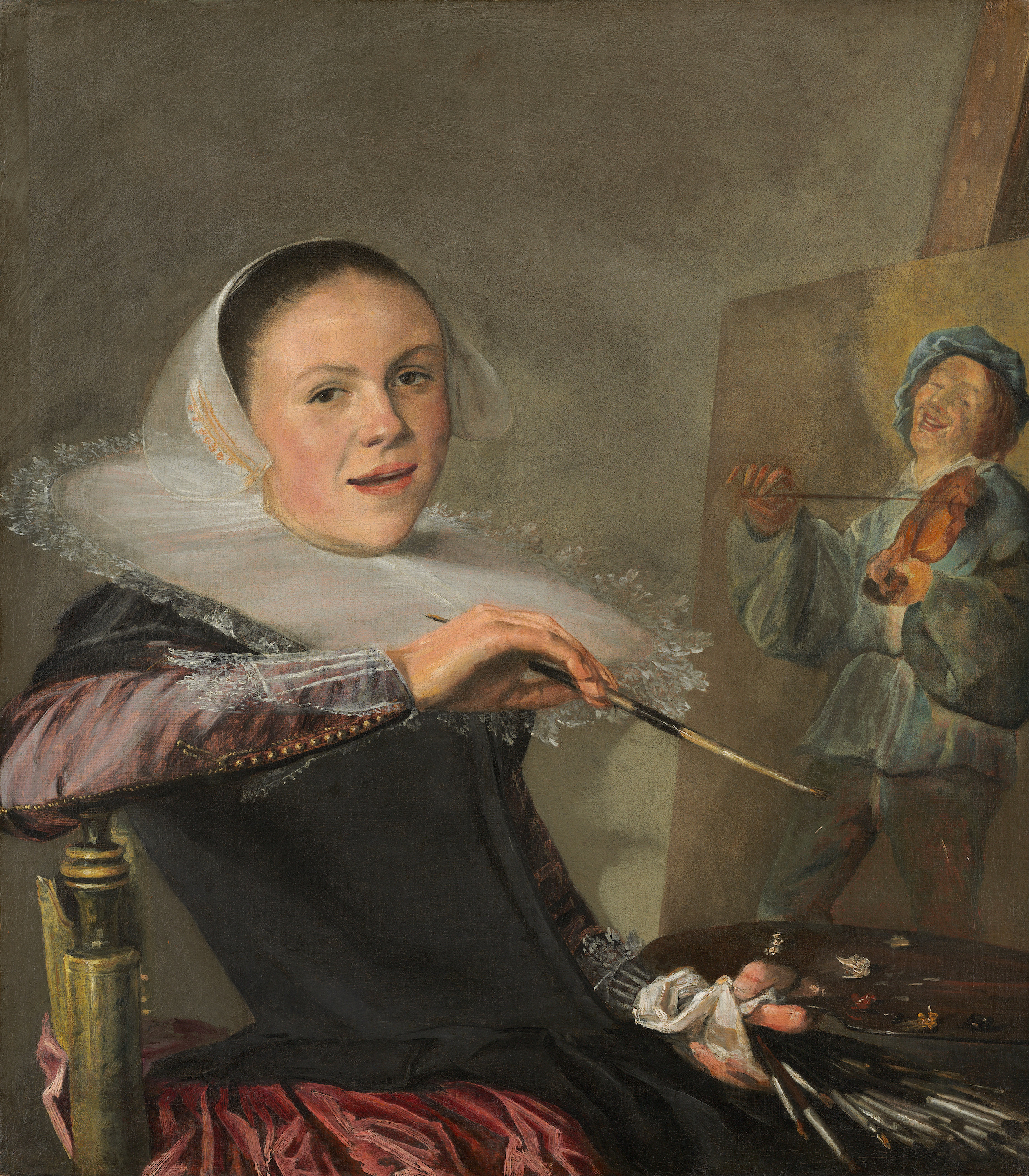As you may know, March is officially declared as Women's History Month. It is a cause very close to our hearts—on this occasion we are going to present a lot of female artists often forgotten by art history. This artwork is featured as a part of our celebration of the Women’s History Month, together with Europeana, Europe’s platform for cultural heritage. To learn more about remarkable European women in the arts, sciences, and society, visit the online Pioneers exhibition. The painting we feature today belongs to the collection of Nationalmuseum in Stockholm.
Judith Leyster (1609–1660), a Dutch Golden Age painter, was born in Haarlem. Her father owned a brewery called the Ley-ster (lode or guidestar) from which the family took its name. Judith started to paint at an early age, but very little is know about her development as an artist. According to the poet Samuel Ampzing, she worked with Frans Pietersz de Grebber. While it’s not confirmed whether she worked with Frans Hals, his influence on her work is clearly visible. In 1633 she became the first female artist admitted to the Guild of St. Luke in Haarlem.
She specialized in portrait-like genre scenes of, typically, one to three figures, who generally exude good cheer, and are shown against a plain background. Many are children; others involve men with drink. Leyster was particularly innovative in her domestic genre scenes.
This painting is one of Leyster best and most important works. It is probably made in the early 1630s. The composition is innovative and the subject is a combination of genre picture, a still life, and a portrait. In connection with the acquisition in 1871, the painting was attributed to Frans Hals by Jan de Bray (despite the monogram). It was not identified as a work of Judith Leyster until 1893 by Hofstede de Groot.
P.S. Here you can read about another superb Baroque female painter, Artemisia Gentileschi.


 Judith Leyster
Judith Leyster